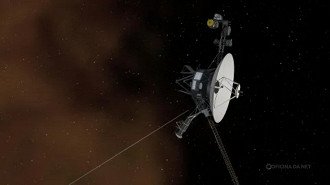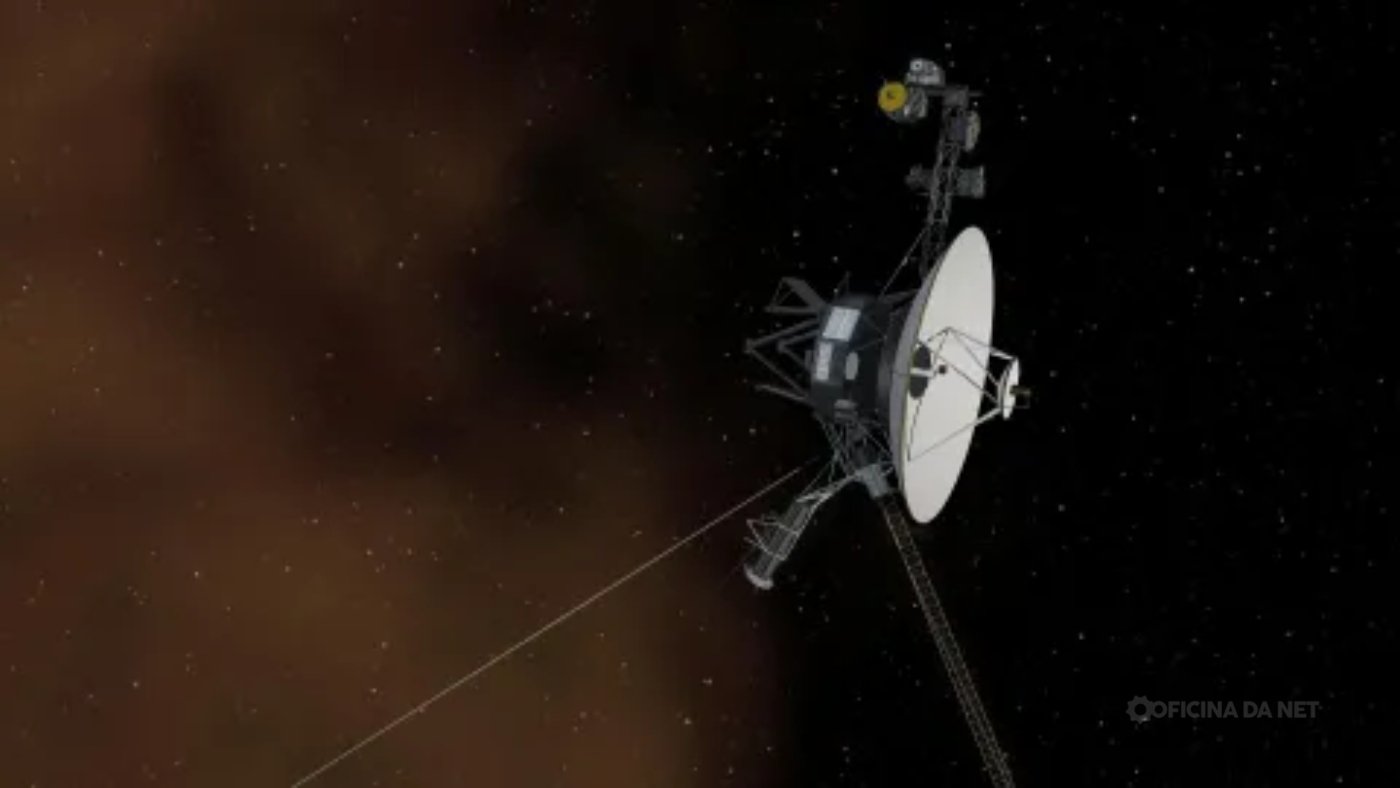NASA successfully reactivated Voyager 1’s backup thrusters, which had not been used since 2004 and were previously deemed irrecoverable. This remarkable feat ensured the probe’s continued communication with Earth from interstellar space.
Race against time and impossible odds
If the engineers did not fix the issue before May 4, the ground antenna responsible for sending commands to Voyager 1 would be offline for maintenance for months, making it a critical and urgent situation.

The critical situation started when the main thrusters of the probe began to deteriorate over time, gathering debris that affected their function. If they stopped working, Voyager would lose its correct course and, consequently, its communication with Earth after almost 50 years of ongoing mission.
The engineers took a bold step to address the issue by reactivating the backup scroll thrusters, despite the risks involved due to the heaters failing in 2004.
The Jato Propulsion Laboratory team had to perform technical adjustments, such as realigning the star tracker, attempting to restart the heaters, and waiting for the Voyager signal to return, which requires 23 hours to reach Earth.
A sign of life appeared when, on March 20th, the heater temperatures started increasing and data indicated that the backup thrusters were operational and in optimal condition.
“It was yet another extraordinary event, apart from Voyager,” Todd Barber, the project’s propulsion leader, remarked.
A mission that defies all conventions
Launched in 1977, the Voyager 1 and Voyager 2 probes were designed to study the large planets in our solar system. They later ventured into uncharted territory, reaching interstellar space in 2012 and 2018.
Today, they are the farthest objects made by humans on Earth, having traveled over 46 billion kilometers and continuing to transmit important information on cosmic particles, radiation, and magnetic fields.
Despite the age and reduced energy capacity of the radioisotopic systems powering the probes, NASA’s team is persistently finding innovative methods to ensure the vital systems remain functional.
Please provide the text you would like me to paraphrase.

